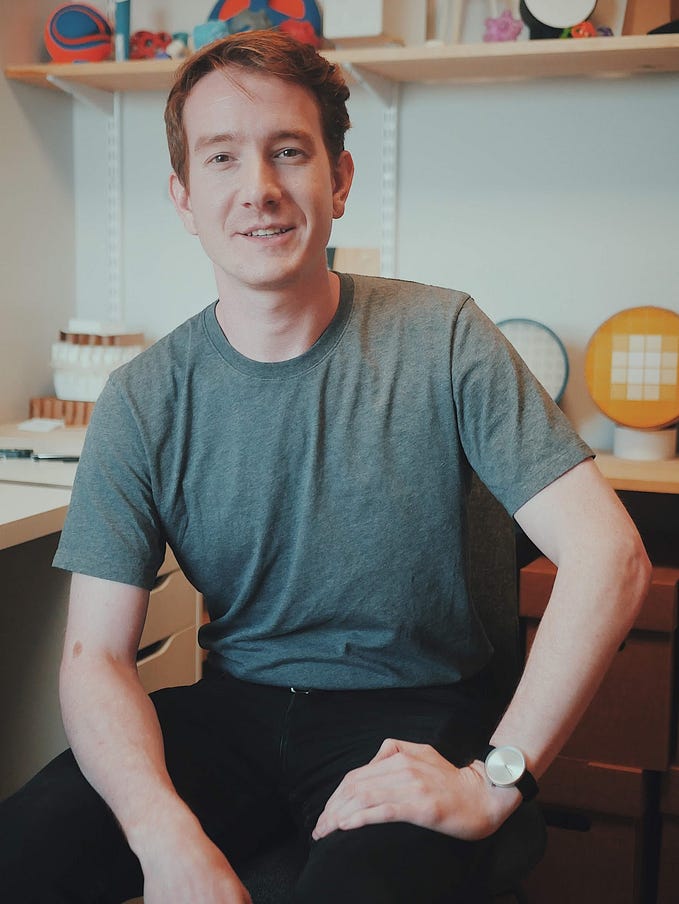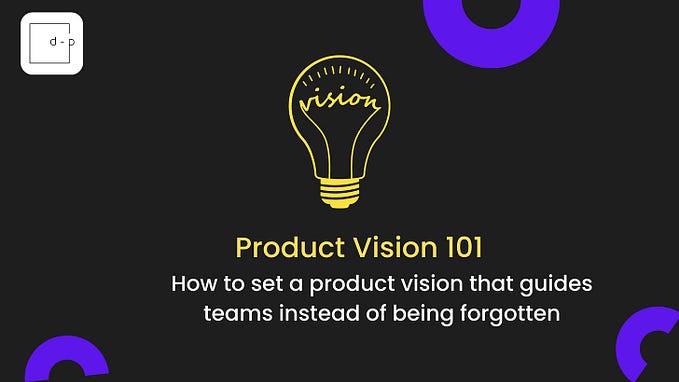Interview with Alexandria Goree, Product Designer at Spotify

Alexandria grew up in Los Angeles and is biracial: Black & Asian. She has a BA from UPenn where she double majored in Graphic Design and Communication.
Alexandria has been working in design for almost 8 years. Before joining Spotify, she freelanced for a variety of brands and agencies including Google, Clear, Interbrand, and Everyday Health.
You can find Alexandria on Instagram, LinkedIn, and Dribbble. Her website is alexandriagoree.com
If you have any questions relating to this interview or want to say hi, feel free to DM me on Instagram or reach out on LinkedIn!
How did you get into product design?
My university didn’t offer any classes in UX at the time, so it wasn’t a field I initially considered going into. I worked as a graphic and web designer at the beginning of my design career. Then after two years, I decided to try freelancing full-time as a way to get exposure to different types of design work and industries and to learn as much as I could. While working with a range of companies — from start-ups to agencies to a big corporation — I found a passion for UX and technology. I loved freelancing because it gave me the freedom to choose my projects and clients, and I was eventually able to focus on assignments that would help me develop my skills in product design.
Do you have a design philosophy?
I don’t think there’s a truly straightforward approach to design. It’s about being able to adapt to circumstances that are always changing and to think about experiences holistically.
How would you describe your experience working at Spotify? What work-related skills do you think are useful at Spotify, but not taught in school?
I’m on the Growth team, where our primary focus is to bring new users to Spotify via the web. One thing that I love about working at Spotify is that product designers are in the position to make strategic decisions that impact the business, so it’s extremely beneficial to have an understanding of business in order to communicate the value of our designs.
Another skill that wasn’t part of my design curriculum is storytelling. It’s a really useful communication tool for product designers because we’re constantly presenting our work. It’s important to be able to convey our thinking in a way that’s clear, compelling, and gets the audience to empathize with users.
This Video covers how my team built Spotify’s mobile web player. I also briefly talk about what went into designing the product.
Also if anyone has more questions relating to design at Spotify, they can visit our site spotify.design.
What do you think makes a great designer? What are some of the challenges you’ve learned from at work?
What makes a great designer is knowing how to communicate and negotiate effectively with non-designer stakeholders. Product designers often have to negotiate with product managers, engineers, and other non-designers about proposed design decisions, but great designers know how to prioritize these decisions and make the right trade-offs so that products will still succeed.
One tip that’s helped me improve my negotiation skills is studying the other disciplines that I work with in order to understand their points of view. Incorporating their goals and concerns in my process makes it easier to convince them about design value. They feel included, and it ultimately makes for a better and more collaborative process.
Why do we need more women of color working in tech? How do you see UX evolving in the future?
I grew up in a multiracial family, and as a product designer, I believe that’s shaped my way of relating to others and seeing different perspectives. Women of color are underrepresented in tech. Without diverse perspectives in the field, we miss out on opportunities to innovate and solve for underserved communities. Plus, we risk further excluding those communities because our implicit biases can transfer to the products we make. I think tech companies and the UX field are increasingly seeing this and the value of a diverse work culture.
What are the most common mistakes you see in UX portfolios?
One mistake I see is placing too much emphasis on the final outcome. Portfolios should be a representation of your process and your ability to think critically. That includes sharing challenges you faced and how you dealt with them. So much of working in design is how you collaborate, so when I’m listening to portfolio pitches, I also like to hear about how you worked with others and included them in your process.
Do you have any tips for anyone looking to get into the UX field?
A common challenge I’ve heard from new UX designers is that companies are looking to hire candidates with real experience, which is difficult if you’re just starting out. I credit much of my early growth to having been a freelancer/contractor because I got to build my UX experience when I didn’t have much. Freelancing isn’t for everyone, as there are pros and cons, but I do think there tend to be fewer barriers to getting freelance roles. For me, freelancing was a way to push myself and learn, and it also allowed me to pick up design projects in areas where I thought my portfolio was lacking.
What are the most important things when pitching your design work?
The most important thing is knowing your audience and making sure your pitch is relevant to them because you want to have a narrative that’s easy to follow. The problem, thinking, solutions, etc., should essentially take the audience on your design journey.
Do you have any side projects you’re working on?
I also have a background in illustration and film photography from school, so I love to work on art projects in my spare time. I share my film photography on my Instagram account. Since I work in tech, it’s fun to create in an analog space. I also like to dabble in a bunch of other hands-on creative media, so I’m learning woodworking, textile art, and pottery.








